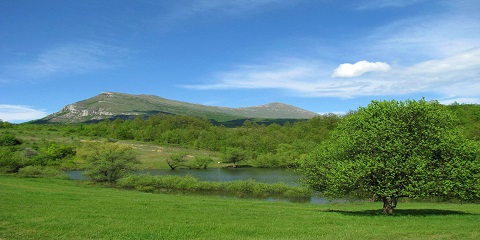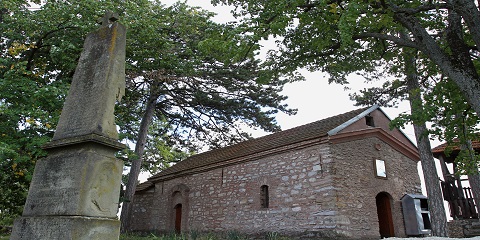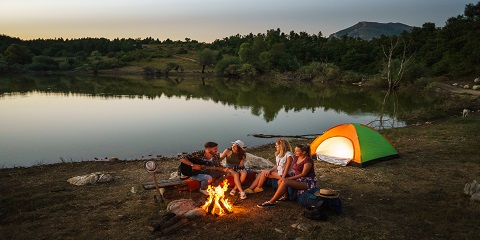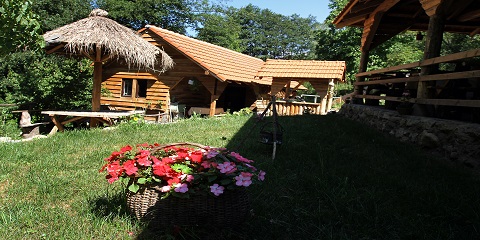Our Cookies Policy
This site uses cookies. For more information, please read our privacy policy.
Vrmdža
Vrmdža is a rural settlement at the foot of Rtanj, and it was built on the foundations of a settlement that is mentioned in written documents in the 3rd century. The centre of the village is dominated by Latin - a city, a Roman fortress for the defence of the imperial road that led to the Middle East, built between the IV and VI century, most likely during the reign of Emperor Justinian. In the 6th century, the city was rebuilt in order for Byzantium to defend itself from the invasion of Slavic tribes. The city was later mentioned in the 14th century as a fortified habitat of rich landowners, who, at that time, trade with merchants from Dubrovnik. It was destroyed in the 15th century (1413). The Church of the Holy Trinity in Vrmdža was built of hard material in 1818 and was added in 1892. Milisav Markovic from Knjazevac painted the iconostasis of the Vrmdza God's Temple in 1894. There is a popular story that the church dates from the 13th century, that it was burned down three times, that the current one was built on the old foundations on the monastery property, that the place of worship was saved by a "firman" of a Turkish elder from Sokobanja. a token of gratitude for the healing of a son suffering from insanity.The Ethno Museum in Vrmdža was opened in 2010. and is located in the building of the Parish Home. There is a permanent display of folk costumes, pottery, fabrics and tools. The exhibits were collected by the residents of the villages of Vrmdža, Mužinac and Trgovište. Visitors can see the entire process of making folk costumes, traditionally. Lake Vrmdža is located at the foot of the mountain Rtanj, at a distance of about 15 km from Sokobanja and 3 km from the village of Vrmdža. It is a wonderful place for rest, fishing and picking forest fruits and medicinal herbs. The village can be reached by an asphalt road, and then by macadam road to the plateau where the lake is located.




